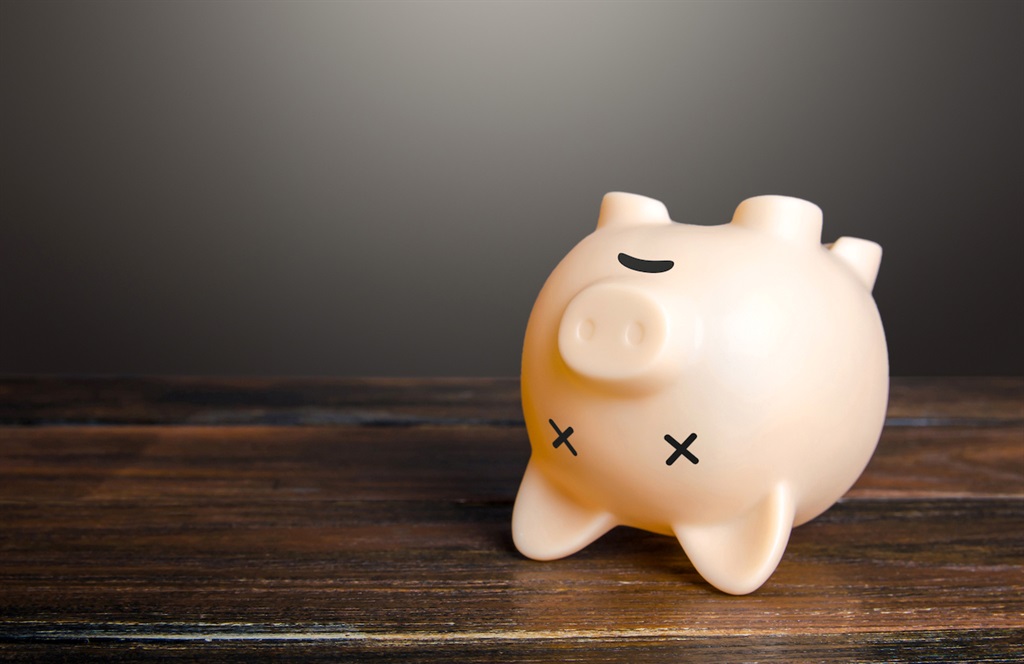
News analysis
- South Africa just had its biggest interest rate in years, as economies around the world worry about inflation.
- Inflation is still just within the Reserve Bank target range – but the outlook is not good.
- Thanks to global conditions, and Russia's invasion of Ukraine, there is little realistic expectation that rates will be doing anything other than rise in the near future.
- Here's where South Africa stands in global terms.
On Thursday the SA Reserve Bank raised South Africa's interest rate by a quantum not seen since 2016, by 50 basis points or half a percentage point, rather than the quarter-point steps lenders and borrowers have grown accustomed to.
That puts the prime interest rate at 8.25%.
That follows a trend seen around the world, to one degree or another, as economies suffer from the same broad troubles, including price increases on food and fuel caused by Russia's invasion of Ukraine and ongoing supply-chain troubles that emerged during the pandemic.
Earlier this month, India raised its key interest rate by 40 basis points, the first increase in two years, as global prices caused imported inflation. At just about the same time, the Bank of England raised the United Kingdom's rate by 25 basis points, while the US Federal Reserve increased rates in that country 50 basis points – its biggest increase in decades.
All cited inflation as a primary worry, and forecasts around the world are for further interest rate increases past the middle of the year – despite political pressure on central banks ranging from high to extreme to keep rates low so as to support post-Covid-19 economic recovery.
With the governor of the Bank of England Andrew Bailey describing upcoming food prices as "apocalyptic", the expectation is that his institution will continue to raise rates. The euro region is expected to increase rates in July, for the first time in more than a decade. South Korea has started to prepare the ground for "big step" increases. The United States may take smaller steps, but some forecasts have its rates tripling before the end of 2022.
South Africa's annual inflation held at 5.9% in April, just shy of the 6% maximum target set by the Reserve Bank. But in recent years the bank has been clear that it considers the middle of its target range, 4.5%, to be an appropriate level for consumer inflation or CPI, and ongoing price rises – especially for petrol and diesel – will make that extremely hard to attain in coming months.
Markets have largely priced in another 25 basis point increase in rates before the end of the year
Various groups in South Africa, notably including a camp within the ANC, have called for the Reserve Bank to drop interest rates dramatically, or to abandon inflation targeting entirely, to help solve the unemployment crisis.
The Bank has responded with a communication strategy to highlight the disproportionate impact inflation – and especially runaway inflation – has on poorer people.
Here is how South Africa's interest rate now compares around the world.